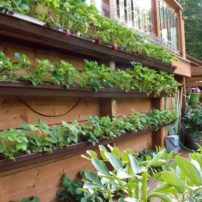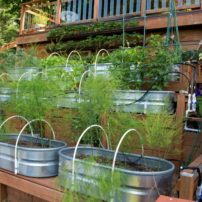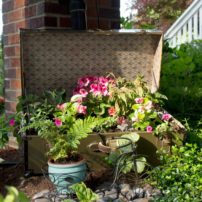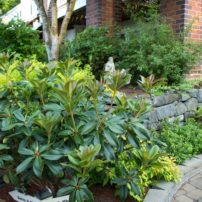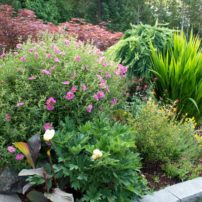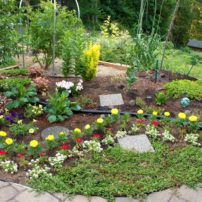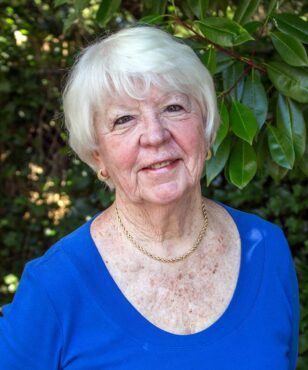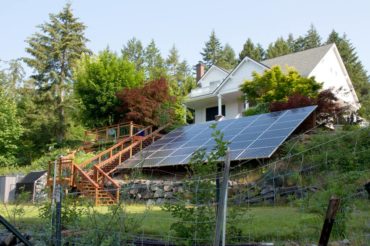 Did you know that in Washington state, owners of solar panels get paid extra for the electricity their systems generate? To make the deal even sweeter, they can save by not needing electricity from the power company in the first place.
Did you know that in Washington state, owners of solar panels get paid extra for the electricity their systems generate? To make the deal even sweeter, they can save by not needing electricity from the power company in the first place.
The Northwest has a great deal of sunlight for about seven months of the year. With solar, local homeowners can use the sun’s energy during those months to generate electricity — and generate even more during the remaining five months when the light from the sun is less intense.
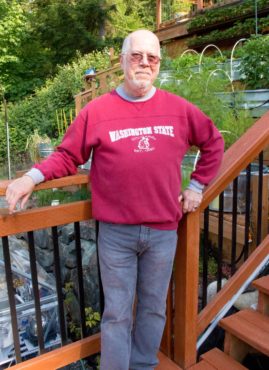
Solar panels are surprisingly efficient in the cooler summer weather, which means more power generation than hotter climates, not less. On cloudy fall and winter days, solar arrays continue to work by collecting and storing scattered light, even through the clouds.
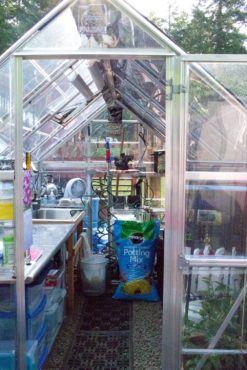
The Olalla home of David Smith and Phil Bonderud, along with Smith’s parents, Paul and Sharon Cox, presents a grand example of solar energy at work. Directly in front of the house and spanning nearly the entire width of the property is a sunny slope facing due south at the perfect angle for a solar array. Smith and Bonderud recognized this immediately upon moving into their home in 2009.
They had their large array built in 2014 with a price tag of $50,000. The actual cost came to $30,000 due to the $5,000 rebate from the power company and the $15,000 federal tax rebate that was offered at that time.
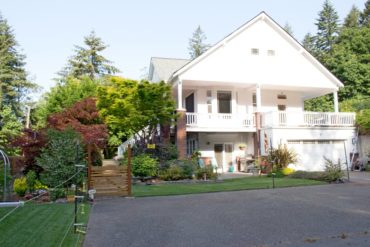 The enormous solar-power array contains 36 solar panels in three series of 12 panels each. Each panel generates 270 watts of electricity, equal to 9.72 kilowatts. The power company pays 54 cents per kilowatt-hour generated, over and above the amount used by the household, up to a maximum of $5,000 at the end of a year.
The enormous solar-power array contains 36 solar panels in three series of 12 panels each. Each panel generates 270 watts of electricity, equal to 9.72 kilowatts. The power company pays 54 cents per kilowatt-hour generated, over and above the amount used by the household, up to a maximum of $5,000 at the end of a year.
After providing electricity for the entire house, including the well pump, exterior lighting and a full irrigation system, this family has easily received the maximum reimbursement each year, meaning the system will completely pay for itself by the end of 2020.
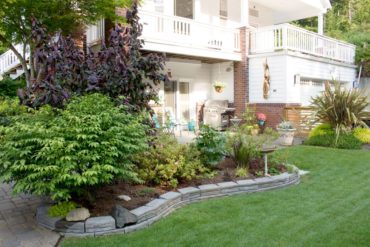 Smith and Bonderud are busy professionals who don’t have much time for developing and maintaining an attractive landscape around their magnificent home. Serendipitously, the Coxes accepted an invitation to take up permanent residence in the home in early 2014.
Smith and Bonderud are busy professionals who don’t have much time for developing and maintaining an attractive landscape around their magnificent home. Serendipitously, the Coxes accepted an invitation to take up permanent residence in the home in early 2014.
The collaboration with Smith’s parents offered a perfect setup. Paul and Sharon Cox now live in the privacy of their own apartment on the ground floor of the large, white Craftsman home. The agreement included sharing household expenses and utilizing Paul Cox’s significant skill as a certified Washington State University Master Gardener and his passion for creative, low-cost organic landscaping.
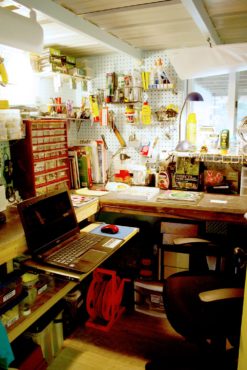
Cox has been hard at work over the past four years and has given the home much-needed appeal, adding attractive plant specimens into a thoughtful arrangement of beds, lawns, curved paver pathways and lighted outdoor rooms. It has since been the venue for several garden parties attended by many friends and neighbors.
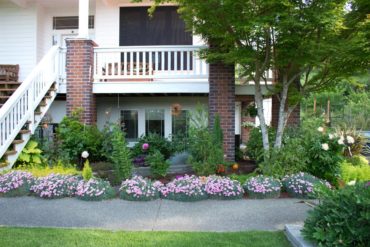 There is a progressive transformation of what was once a field of blackberry vines and bracken fern into a thriving place of cultivated living beauty. Little by little, moving out from the house, various areas have been cleared and turned into gardens. The front of the house is more formal, with a small lawn divided by walkways and enclosed by shrubbery. This terrace, extended by a large deck, affords a peaceful view of the surrounding forest.
There is a progressive transformation of what was once a field of blackberry vines and bracken fern into a thriving place of cultivated living beauty. Little by little, moving out from the house, various areas have been cleared and turned into gardens. The front of the house is more formal, with a small lawn divided by walkways and enclosed by shrubbery. This terrace, extended by a large deck, affords a peaceful view of the surrounding forest.
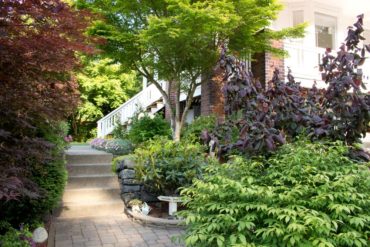 The beds around the house now boast a variety of plant specimens, including several rare peonies as well as hydrangeas, pieris, verbena, beauty berry and many other unique perennial plants surrounded by artfully placed summer annuals in splashes of vibrant color. There are five varieties of Japanese maples; several varieties of dwarf conifers; edibles such as lingonberry, huckleberry and strawberry; and various herbs. On two terraces next to the parking area, there is a small orchard.
The beds around the house now boast a variety of plant specimens, including several rare peonies as well as hydrangeas, pieris, verbena, beauty berry and many other unique perennial plants surrounded by artfully placed summer annuals in splashes of vibrant color. There are five varieties of Japanese maples; several varieties of dwarf conifers; edibles such as lingonberry, huckleberry and strawberry; and various herbs. On two terraces next to the parking area, there is a small orchard.
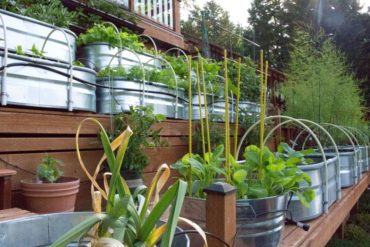 Just below the front deck, three more terraces hold Cox’s one-of-a-kind vegetable garden in a series of 12 large, modified galvanized livestock tubs. Further down is a small heated greenhouse with running water and stainless-steel benches and shelves where he gets an early start on growing seeds for the plants in the garden beds.
Just below the front deck, three more terraces hold Cox’s one-of-a-kind vegetable garden in a series of 12 large, modified galvanized livestock tubs. Further down is a small heated greenhouse with running water and stainless-steel benches and shelves where he gets an early start on growing seeds for the plants in the garden beds.
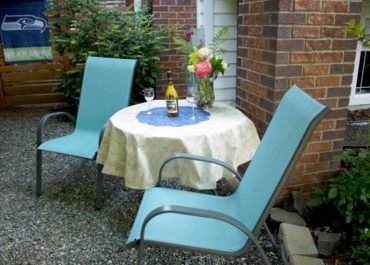 Cox emphasizes his love of color and texture in his garden and loves ornamentals such as Harry Lauder’s walking stick, weeping larch and Japanese snowbell. He includes native plants such as copper ninebark, rhododendron and others to attract birds. Throughout the garden are many art pieces, some adding wonderful touches of whimsy and humor.
Cox emphasizes his love of color and texture in his garden and loves ornamentals such as Harry Lauder’s walking stick, weeping larch and Japanese snowbell. He includes native plants such as copper ninebark, rhododendron and others to attract birds. Throughout the garden are many art pieces, some adding wonderful touches of whimsy and humor.
This is a must-see garden, and your chance to tour will come on June 29 and 30 with the Gig Harbor Garden Tour. To find out more, go to gigharborgardentour.com.




